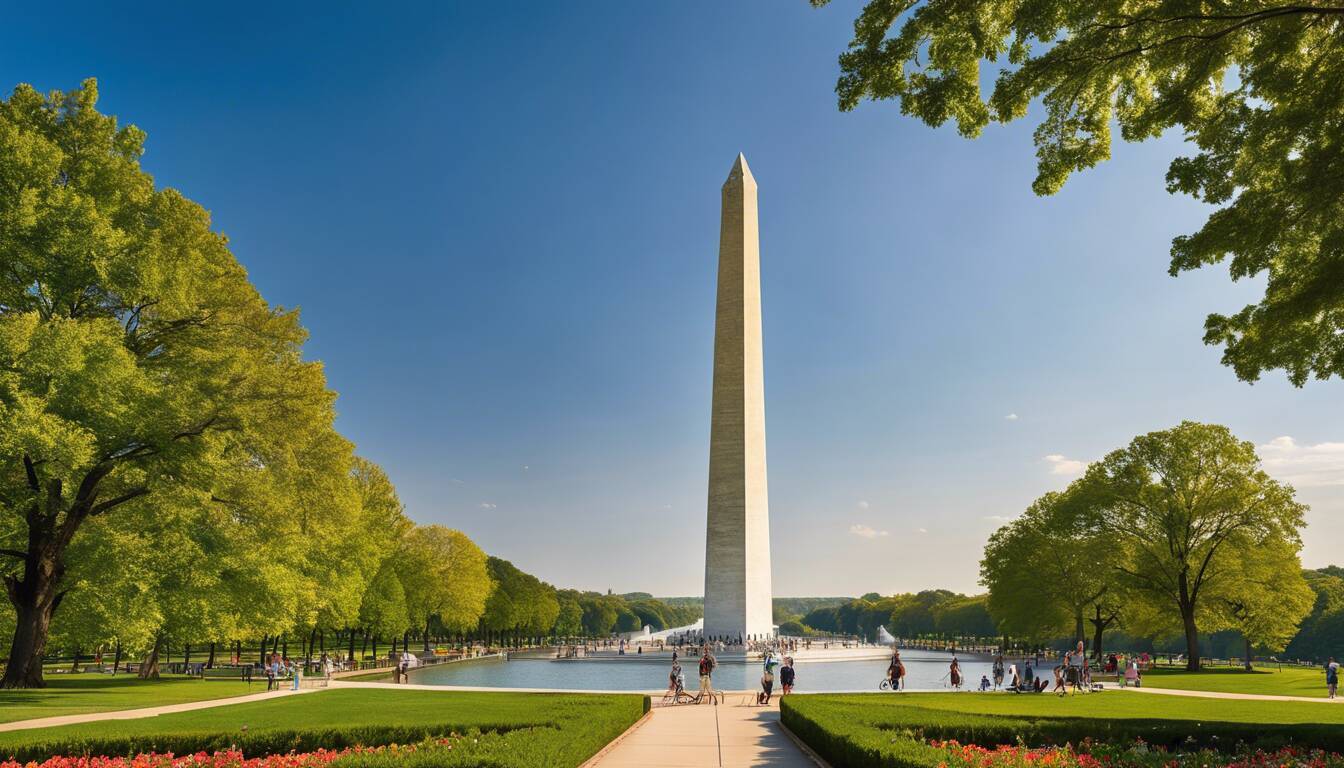Trump False Crime Claims DC 2025
By Asmita - Aug 27, 2025
President Donald Trump's recent statements on crime in Washington, DC, have been widely disputed by fact-checkers and officials, as they contain numerous inaccuracies. Trump misleadingly claimed an unprecedented drop in crime and exaggerated the severity of the situation before his intervention. He falsely stated there was "no crime" during an 11-day period of federal control, despite police data showing otherwise. Additionally, Trump's criticism of bail reform and local leadership as contributors to crime problems lack substantial evidence. Critics highlight that while there have been some improvements, the overall crime situation is more complex than Trump portrayed.

Washington, DC via RDV Limousine
President ,[object Object], recently made a series of public statements about crime in Washington, DC, which fact-checkers and local officials have widely disputed. During his defense of federal control over the city's police force and deployment of the ,[object Object],, Trump repeatedly claimed an unprecedented drop in crime. He highlighted an 11-day period without any reported murders and falsely stated that this was the first such stretch in “many years.” In truth, Washington had already experienced multiple murder-free intervals earlier in the year, including a 16-day stretch, making his claim misleading. Furthermore, while crime rates have dropped slightly during the federal takeover, numerous offenses, including violent and property crimes, continued to occur regularly.
Trump also exaggerated the severity of the crime situation prior to his intervention. He asserted that crime was at an "all-time" high when he assumed control and suggested that Washington was “the most dangerous place in the world." Although in 2023 the city recorded its highest homicide rate in over 20 years with 274 murders, this figure is not the highest on record. Historical data show that Washington faced far higher homicide numbers in the late 20th century, particularly during the early 1990s. Additionally, crime rates have been on a downward trend recently, with violent crimes, including homicides and armed carjackings, declining by more than 25% compared to the previous year. Thus, his depiction of a dire and escalating crisis was not supported by the broader context of available crime data.
Another key falsehood from Trump was his claim that there was “no crime” during his 11-day period of control. Police data contradict this claim clearly: during those days, hundreds of crimes, including 62 violent offenses, were reported in the city. Though there was a roughly 28% decrease compared to the prior week, it was far from crime-free. His assertion that 95% of Washington residents supported his policing measures was similarly baseless, with polls indicating significant opposition among locals. Such exaggerations have drawn criticism from political analysts and fact-checkers, who emphasize that while some crime reduction is notable, the overall situation is far more complex than Trump portrayed.
Finally, Trump cited the city's bail reform and local leadership as major contributors to crime problems, blaming policies like no cash bail for public safety failures. However, multiple studies and crime data show no conclusive evidence linking bail reform to significant crime increases. Local officials, including Mayor Muriel Bowser, maintained that crime was not surging but instead trending downward, despite the federal takeover’s political motivations. Questions were also raised about the legality and necessity of Trump’s federal police control move, which is subject to debate under the Home Rule Act’s provisions. Overall, Trump's remarks about Washington, DC's crime situation consisted of multiple distortions and inaccuracies against the backdrop of improving but still challenging urban public safety issues.


